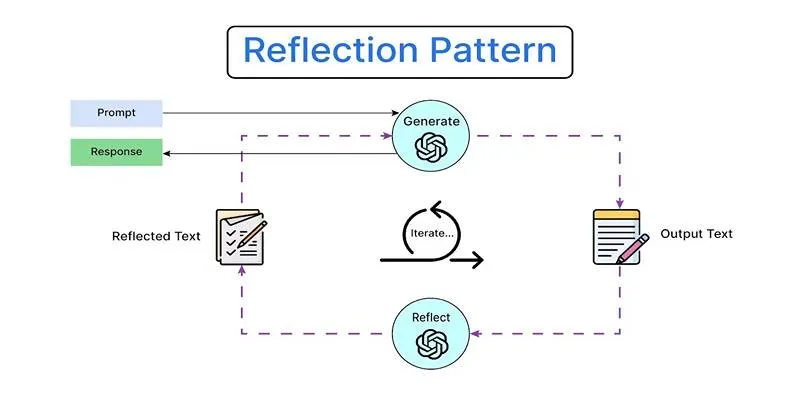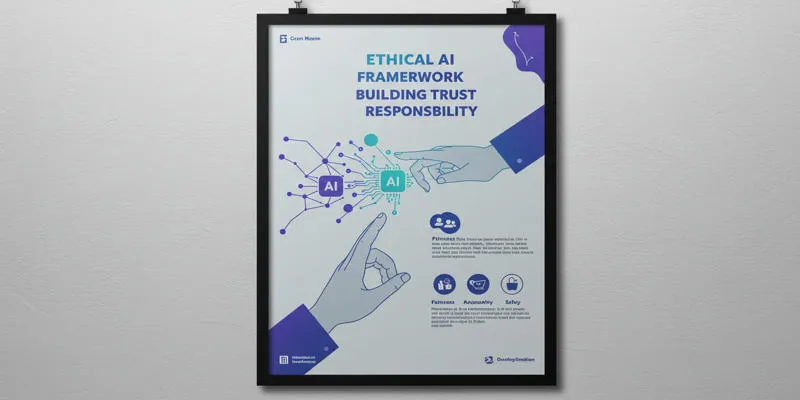The United States government has rolled out new guidelines aimed at overseeing the licensing of chips and artificial intelligence (AI) systems. This reflects an increasing awareness of the risks and challenges posed by these rapidly evolving technologies. The guidelines aim to encourage innovation while preventing misuse or unintended harm.
By establishing parameters for who can access advanced semiconductors and how AI models are created and implemented, the White House addresses concerns related to national security, fairness, and transparency. While these are not yet legislative laws, they are expected to shape future policies and guide industries.
Why Regulating Chip Licensing and AI Matters
The push to develop smarter AI and more powerful chips has sparked a global conversation about control and responsibility. Many advanced chips are designed in the U.S. but manufactured overseas, creating a delicate reliance that could become a vulnerability in times of tension or conflict. Because high-end chips are in limited supply, deciding who gets access to them—and under what conditions—has become a pressing issue. The White House’s new guidelines aim to prevent sensitive technology from falling into the wrong hands while ensuring that supply chains remain stable and reliable.

AI systems have their own set of issues. They rely on massive amounts of data, some of which is sensitive or personal. Without adequate controls, biases in that data can produce unjust outcomes, entrenching inequality, or causing harm. When AI decisions affect healthcare, law enforcement, or financial services, the stakes are even higher. Often, the workings of AI models remain a mystery, leaving users uninformed about why and how decisions are made. The guidelines aim to rectify this by promoting transparency and protections against errors or abuse, ensuring AI delivers genuine benefits while protecting individuals.
Key Features of the New Guidelines
A standout part of the new guidelines focuses on chip licensing, with a clear eye on national security. U.S. companies wanting to license or export advanced chips will now face tighter rules and closer oversight. The goal is straightforward: to prevent sensitive technology from being used in ways that could threaten U.S. interests. To support this, there is a push to improve supply chain monitoring. Companies are encouraged to be transparent about where and how chips are made and sourced, reducing the risks of reliance on any single region or supplier.
For AI, the guidelines set forth principles for developers to follow, emphasizing thorough testing before release. This ensures models work as expected and don’t cause unintended harm. Transparency is crucial—developers should clearly communicate user interactions with AI, especially in sensitive areas like healthcare or criminal justice, where mistakes can have serious consequences. The guidelines also encourage openness about the data used to train AI, how systems were tested, and provide avenues for users to report problems or request fixes.
Another key element is international cooperation. Since chips and AI transcend borders, the guidelines encourage collaboration with allied countries to create common standards. This aims to close loopholes that bad actors could exploit while ensuring U.S. businesses aren’t disadvantaged globally.
Industry Response and Challenges Ahead
Technology companies have reacted in varied ways. Some welcome the guidelines as a step toward clarity and accountability. For large firms, clear rules can ease planning and compliance, building public trust. Others worry about increased costs and slower development timelines, particularly smaller companies that might struggle with additional reporting and testing requirements.

Some experts argue the guidelines leave hard questions unresolved, such as auditing proprietary AI systems without exposing trade secrets, or holding developers accountable for harmful algorithmic decisions without direct human oversight. Geopolitically, tighter export controls could provoke retaliation or disrupt international supply networks.
Enforcement presents another challenge. Ensuring compliance among thousands of companies with global operations demands significant resources and coordination. The administration has stated that federal agencies, such as the Department of Commerce and the Federal Trade Commission, will be involved in monitoring and enforcement. Currently, much relies on voluntary compliance and the speed at which lawmakers can transform guidelines into laws.
What Comes Next?
The release of these guidelines signals a shift in Washington’s approach to emerging technologies. Instead of waiting for problems to escalate, the administration aims to establish guardrails while allowing space for innovation. Lawmakers from both parties are interested in turning some principles into law, though the shape and timing of legislation remain uncertain.
Industry groups are expected to collaborate with regulators to refine guidelines and create workable standards. Support for pilot programs to test recommendations is growing, potentially avoiding unintended consequences and promoting fairness across industries. International discussions are underway to align rules with allied nations, countering the influence of countries perceived as hostile to open markets or human rights.
Conclusion
The guidelines represent a significant move toward a more deliberate and structured approach to overseeing technologies that shape modern life. Their success will depend on how well they are implemented, enforced, and adapted to meet new challenges as technology evolves. The administration’s decision to address chip licensing and AI systems together reflects their close relationship. Chips enable advanced AI, and AI increases demand for better chips. Thoughtful rules can ensure these innovations are used responsibly and that their risks are managed. The next few years will reveal whether this vision can keep pace with technological change.
 zfn9
zfn9






















